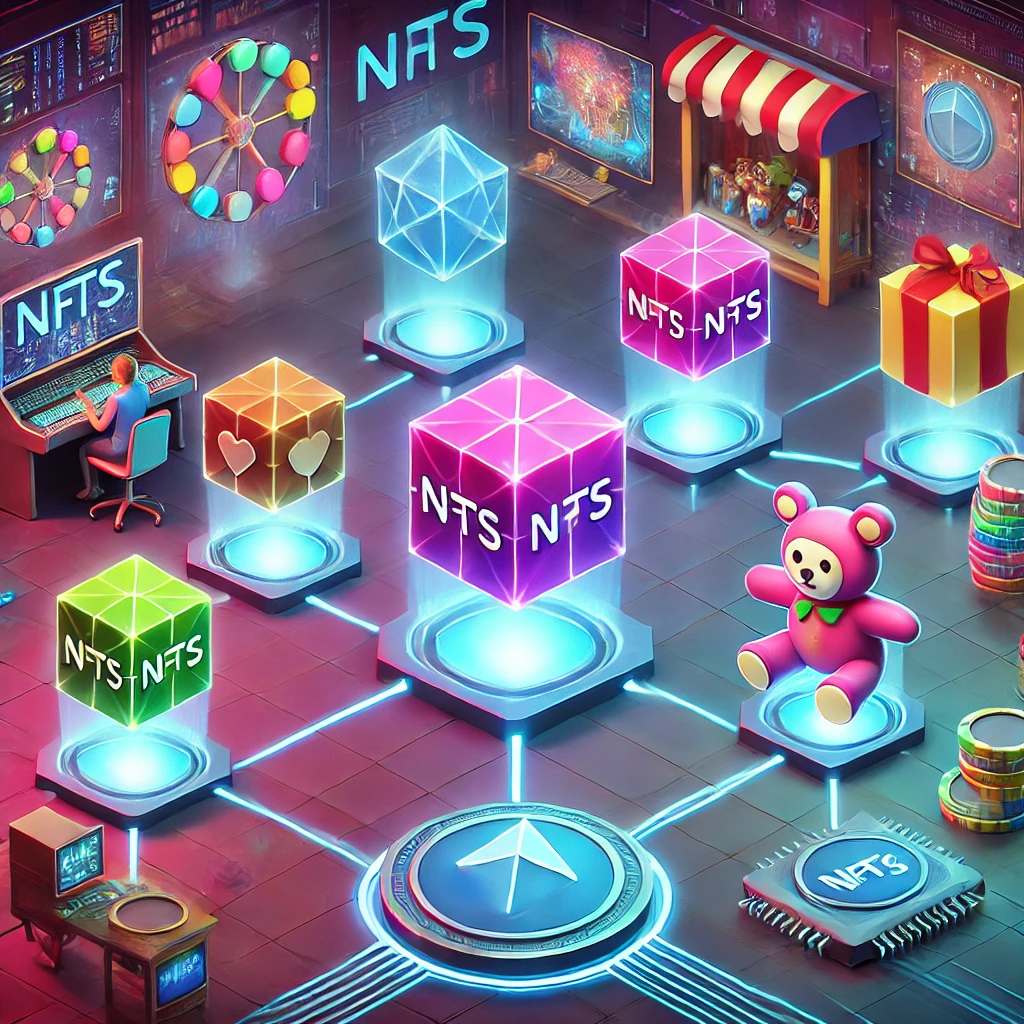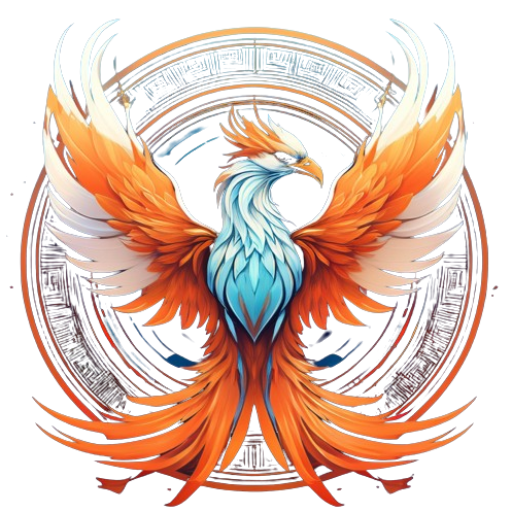NFTs, or non-fungible tokens, have introduced a new level of ownership and interaction in the gaming world. By integrating NFTs with blockchain technology, gaming is transforming how players buy, sell, and truly own digital assets within games. Here’s how NFTs are reshaping gaming as we know it.

1. True Ownership of In-Game Assets
NFTs give players actual ownership of in-game assets, allowing them to retain and even sell items, characters, or property across platforms. Unlike traditional games where assets remain tied to the game, NFTs let players keep what they earn or buy.
2. Interoperability Across Games
One exciting aspect of NFTs in gaming is interoperability. This means items or characters from one game could be used in another. Blockchain makes it possible to trade and carry assets across different gaming environments, enhancing the player experience.
3. Enhanced Player-Driven Economies
NFTs fuel player-driven economies, giving players the ability to earn revenue from the resale of items, collectibles, and property. This not only adds an element of earning potential but also encourages players to stay invested in the game.
4. Challenges and the Future of NFTs in Gaming
While NFTs offer new possibilities, they also bring challenges, like scalability and the environmental impact of blockchain. As the technology matures, solutions like layer-2 scaling are helping make NFT-based gaming more sustainable and accessible.
The integration of NFTs in gaming has opened a world of possibilities, granting players true ownership and creating new economic opportunities. By allowing assets to be owned, traded, and even used across different games, NFTs are reshaping the gaming landscape and empowering players in unprecedented ways. While challenges remain, ongoing technological advancements promise a sustainable future for NFT-based gaming. As blockchain technology continues to evolve, the potential for immersive, player-driven worlds only grows, marking an exciting era for gamers and developers alike.
